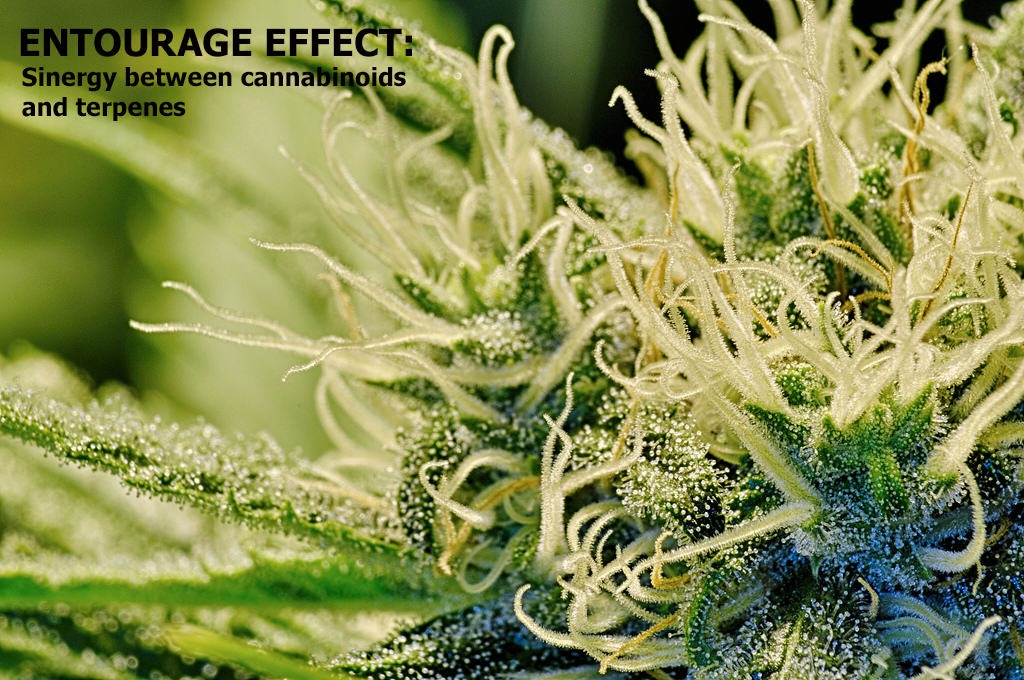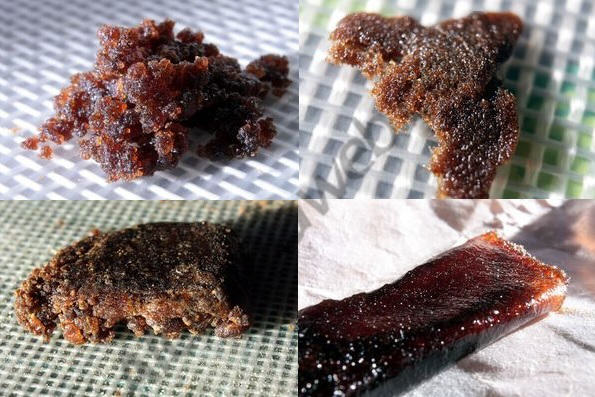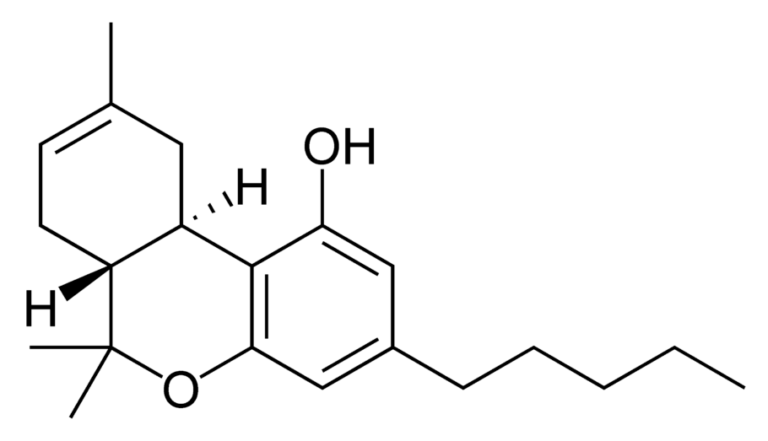Linalool and cannabis, a terpene with a multitude of properties
List of contents
What is Linalool?
- Name: Linalool
- Formula: C10H18O
- IUPAC name: 2,6-dimetil-2,7-octadien-6-ol
- Molar mass: 154.25 g/mol
- Melting point: -20 °C (253.15 K)
- Boiling point: 198.6 °C (471.75 K)
- Appearrance at ambient temperature: Colourless oil
Linalool is a monoterpenoid (chemically we would speak of it as an alcohol) that s found in more than 200 plant species such as citrus or labiatae - and also in cannabis - which gives them a pleasant minty and floral aroma. You will have already appreciated its smell when near thyme, lavender, laurel, cinnamon, pine, birch or mint plants. It can also be found in extracts of lemon, orange, verbena and many other essential oils. Widely used in the cosmetics industry to scent products, it is also used in detergents and soaps to give them a natural, "clean" smell.

What is Linalool used for?
As we already mentioned, this terpene is very common in nature and has various applications in different industries, although in most cases its use is restricted to lending its sweet and pleasant aroma to products of all kinds, from cosmetics to detergents or disinfectants. To give you an idea, more than 30% of cosmetic products contain it, and it is especially common in the typical "eau de toilette" offered by so many brands (more than 90% of this type of eau de toilette contains Linalool in its formula).
Linalool is also used as a laboratory reagent to obtain other substances, such as vitamin E, for example. Recent research has shown it to have promising anticonvulsant properties, as effective as drugs such as diazepam but without the side effects.
Synthesis of Linalool
Like many other terpenes, Linalool is produced from isopentyl pyrophosphate via the isoprenoid geranyl pyrophosphate, all via certain enzymes within in the cell membrane called monoterpene synthetases. It is precisely one of these enzymes, linalool synthetase (LIS), which is responsible for the production of linalool in plant tissues, normally in its flowers.

Enantiomers
In nature, Linalool can be found in two different forms (optical isomers): one is S-Linalool or coriandrol, present in large proportions in the essential oil of coriander, orange tree or palmarosa. On the other hand, R-Linalool or lycareol is very common in lavender, laurel or basil, as well as many other plants.
Aroma del Linalool
The aroma of this terpene is complex, with floral, spicy, citrus and even tropical notes (many people identify it with the smell of lavender or bergamot oil). Because of its characteristics, it is ideal for adding fragrance to cosmetic and cleaning products. Looking at both isomers, S-Linalool has a sweeter, floral and citrus aroma, while R-Linalool has more woody or lavender-like aromas.
In cannabis, the aroma of Linalool can be more difficult to appreciate depending on the total terpene content of each plant; cannabis plants produce large quantities of terpenes in different proportions, so in some cases, the presence of Linalool can be evident just by smelling the plant, while in others it may be really difficult to identify. Be that as it may, this compound is no exception in terms of the "entourage effect", and works in synergy with the other compounds produced by the plant to enhance its properties.
The Entourage Effect: Synergy between cannabinoids and terpenes
Cannabinoids, terpenes, flavonoids and other compounds act together to modulate the effects of the cannabis plant in a synergy called "Entourage Effect". In this article we tell you more about this interesting phenomenon.
Properties of Linalool
Aside from the flavouring uses that we have already mentioned, Linalool also has interesting insecticidal properties, acting as an effective repellent against fleas, fruit flies and cockroaches, as well as the caterpillars of moths. In addition, it is not uncommon to find it included as an ingredient in mosquito repellents, although its effectiveness as a repellent when used as an isolated component is under study.
Another interesting feature of this terpene, especially in the field of agriculture, is its antimicrobial action, reducing the presence of pathogenic bacteria in plants and promoting overall crop health. More specifically, it is S-Linalool that possesses this fascinating property.
As mentioned, both enantiomers show promising anticonvulsant properties even more effective than phenytoin, an antiepileptic commonly used in treatments for seizures or anxiety, which undoubtedly deserves further research. In fact, it has been shown that this compound has a potent anti-inflammatory, calming and even sedative effect in mammals, which gives it a therapeutic potential that has not gone unnoticed by the scientific community. Linalool could be one of the compounds responsible for the relaxing effects of cannabis being as fast-acting they are effective!

A 2015 study showed how the application of Linalool significantly improved cognitive function in laboratory mice with the equivalent of Alzheimer's disease, opening a promising new door of research into the treatment of this neurodegenerative disease.
Using Linalool safely
Although the use of this compound is classified as safe by various organisations such as the FDA, its administration can provoke allergy reactions in some people. According to a 2016 study conducted in Europe, 7% of people treated with linalool patches developed an allergy to the oxidised form of this monoterpene. It is important to emphasise that in the case of essential oils (and not single compounds) this oxidation of linalool does not occur, so its use poses no risk.
As is often the case with many of the compounds found in cannabis plants, our understanding of this terpene and its properties remains somewhat limited due to the lack of further research. Undoubtedly, given the promising results it has shown in the studies that have researched it, we will be hearing a lot more about Linalool in the near future!
-----------------------------------------
References:
- Inhaled linalool-induced sedation in mice, Viviane Moura Linck, Adriana Lourenço da Silva, Micheli Figueiró, Angelo Luis Piato, Ana Paula Herrmann, Franciele Dupont Birck, Elina Bastos Caramão, Domingos Sávio Nunes, Paulo Roberto H Moreno, Elaine Elisabetsky
- Linalool reverses neuropathological and behavioural impairments in old triple transgenic Alzheimer's mice, Angélica Maria Sabogal-Guáqueta, Edison Osorio, Gloria Patricia Cardona-Gómez
- Bacteria colonising Penstemon digitalis show volatile and tissue-specific responses to a natural concentration range of the floral volatile linalool, Rosalie C F Burdon, Robert R Junker, Douglas G Scofield, Amy L Parachnowitsch
- Analgesic-Like Activity of Essential Oil Constituents: An Update, Rita de Cássia da Silveira e Sá, Tamires Cardoso Lima, Flávio Rogério da Nóbrega, Anna Emmanuela Medeiros de Brito, Damião Pergentino de Sousa
- Linalool produces antinociception in two experimental models of pain, Alessandra T Peana, Paolo S D'Aquila, M Loredana Chessa, Mario D L Moretti, Gino Serra, Proto Pippia






































































